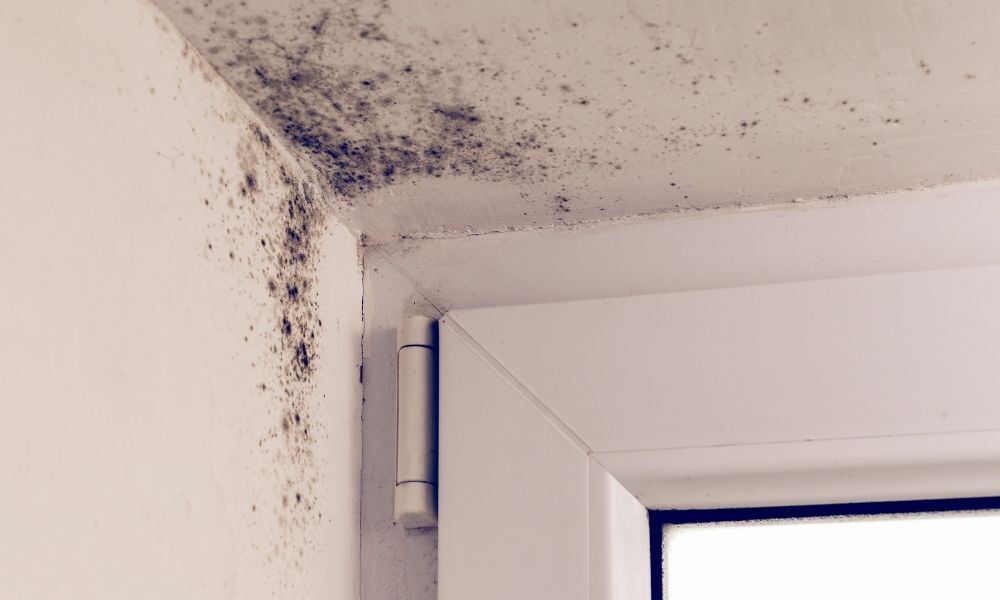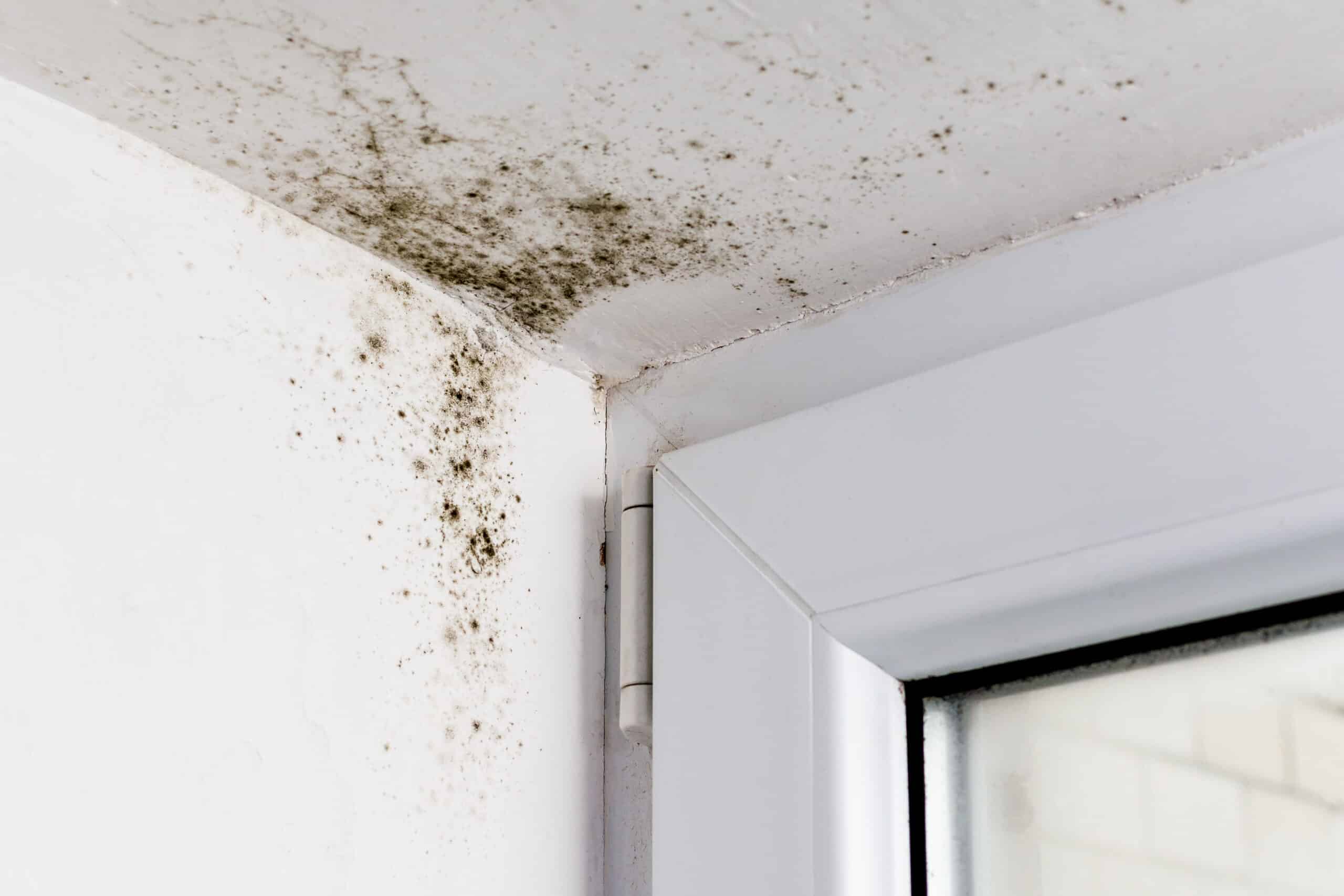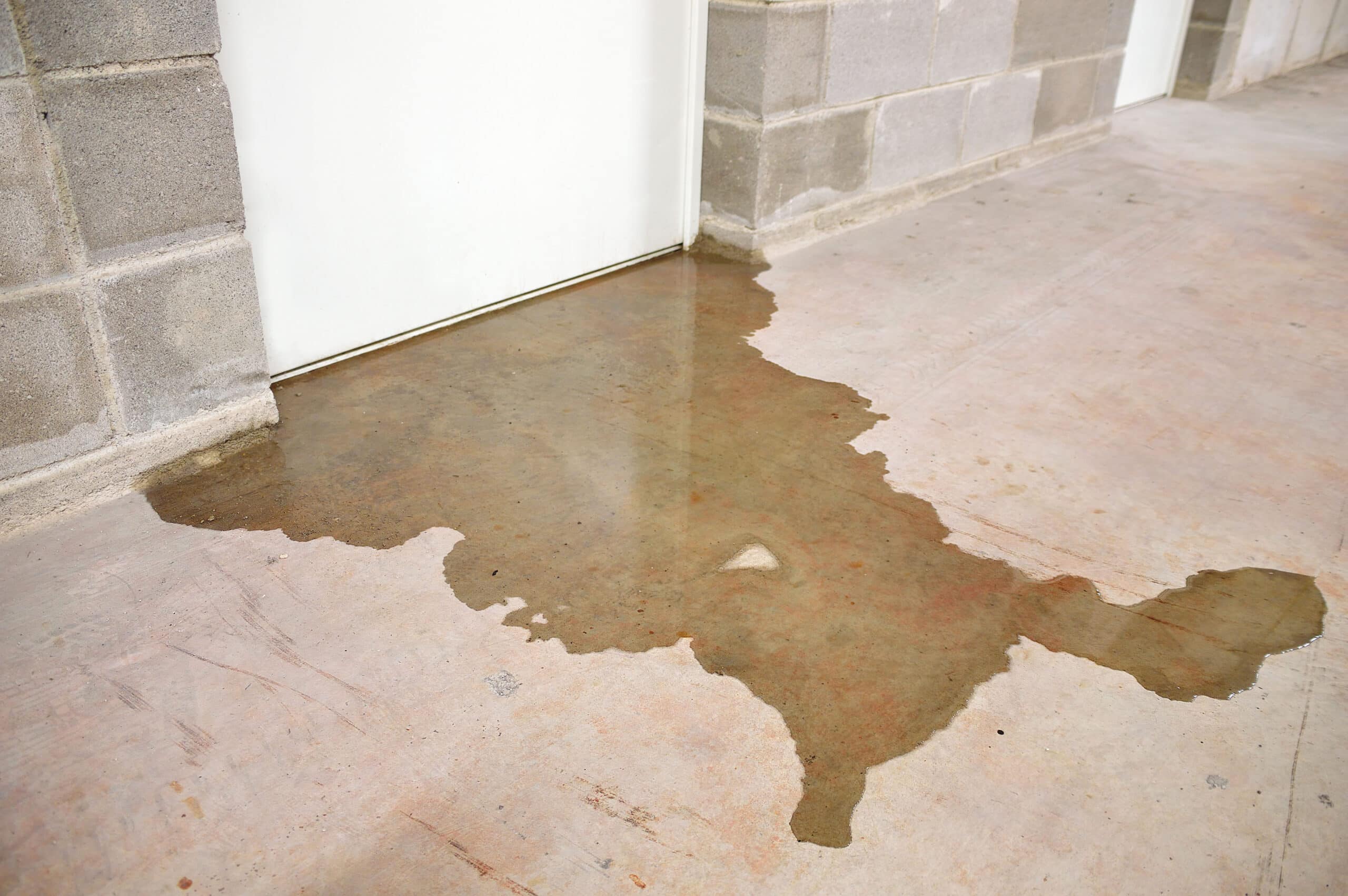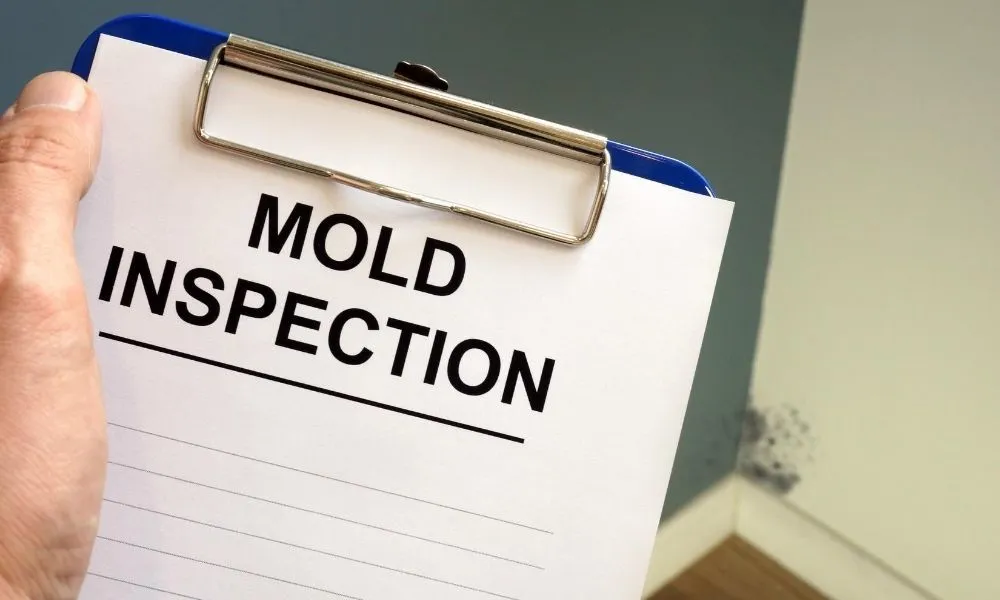
Common Types of Mold Found in Homes
Thousands of mold species exist in nature. Our guide will help you identify four of the more common and well-known varieties found in homes.
Over 100,000 types of mold exist in nature, so it’s virtually impossible to be intimately acquainted with every single type. Even so, there’s value in arming yourself with knowledge about the common types of mold found in homes. Knowing about a few of these types of mold can help you prepare yourself for dealing with others.
Alternaria
Alternaria refers to a family of 300 different species of mold that appear both outdoors and indoors. It will often appear as a velvety substance of gray, green, or black in dark or high-moisture places. This includes bathrooms, basements, or inside drywall. Alternaria doesn’t have as deep an effect on healthy individuals, but it can exasperate allergy symptoms or bother people with compromised immune systems.
Trichoderma
Trichoderma is a variety of mold particularly attracted to cellulose. It’s an organic compound found in items such as fruit, paper, wood, and certain fabrics. Because of this, you can expect to find Trichoderma in wallpaper, carpet, filters, or wooden floors and furniture. It has a white, green, or blue woolly appearance, growing in clusters that compact over time. Trichoderma health risks are typically more respiratory in nature, such as increased asthma or hay fever symptoms and pneumonia.
Stachybotrys
The infamous Stachybotrys is known more commonly as black mold. This slimy green or black mold is found in damp and dark locations. Like Trichoderma, it’s attracted to high-cellulose materials such as paper, carpet, or wood. However, the assertions that black mold is the most dangerous type of mold are often misleading. Like other molds, prolonged exposure starts with typical mold symptoms, allergy flare-ups, breathing problems, fatigue, chronic headaches, and nausea. More severe cases can cause bleeding in the lungs; however, there has not been proof that black mold causes cancer. Other molds can cause even more severe health care crises.
Acremonium
Like Alternaria, Acremonium comprises a multitude of between 100 and 150 mold species. This mold also thrives in dark, damp environments, and it’s especially known to make its home in cooling systems, drain pans, insulation, and humidifiers as well as in decaying plant material. It tends to range between gray, orange, white, or pink in color, and it has a powdery consistency.
Acremonium can potentially cause serious health issues beyond the normal respiratory issues that other types of mold can cause. These include:
- Urinary tract infections
- Corneal ulcers
- Skin infection
- Meningitis
- Pneumonia
- Bone marrow disease
- Nail infection
It’s also worthy to note that because this species is closely related to the mold found in penicillin, it can also potentially exasperate penicillin allergies.
Unsure what type of mold is in your home? Connecticut Mold’s professional home inspections can help you determine what type of mold is lurking in your home and put a stop to it.





